One of my favorite things to make, especially on a busy weeknight, is good-ole stir-fried noodles. While fresh udon noodles are my preference when making quick comfort food, they're sometimes not as readily available as the dry or frozen noodles you'd get from your local grocery store, which can be found in the Asian aisle.
There's nothing more comforting than heating up fresh udon noodles in hot water and adding some meat, vegetables, sauces, and spices.
Jump to:
History of Udon Noodles
Udon noodles are thick wheat noodles that are integral to Japanese cuisine and are known for their distinct chewy texture. Their origin is a subject of historical debate.
While some theories suggest that udon noodles originated in China, perhaps evolving from a dumpling-like form, other sources attribute their inception to Japan. A third viewpoint links their roots to Korea, where they're known as Garak-Guksu.
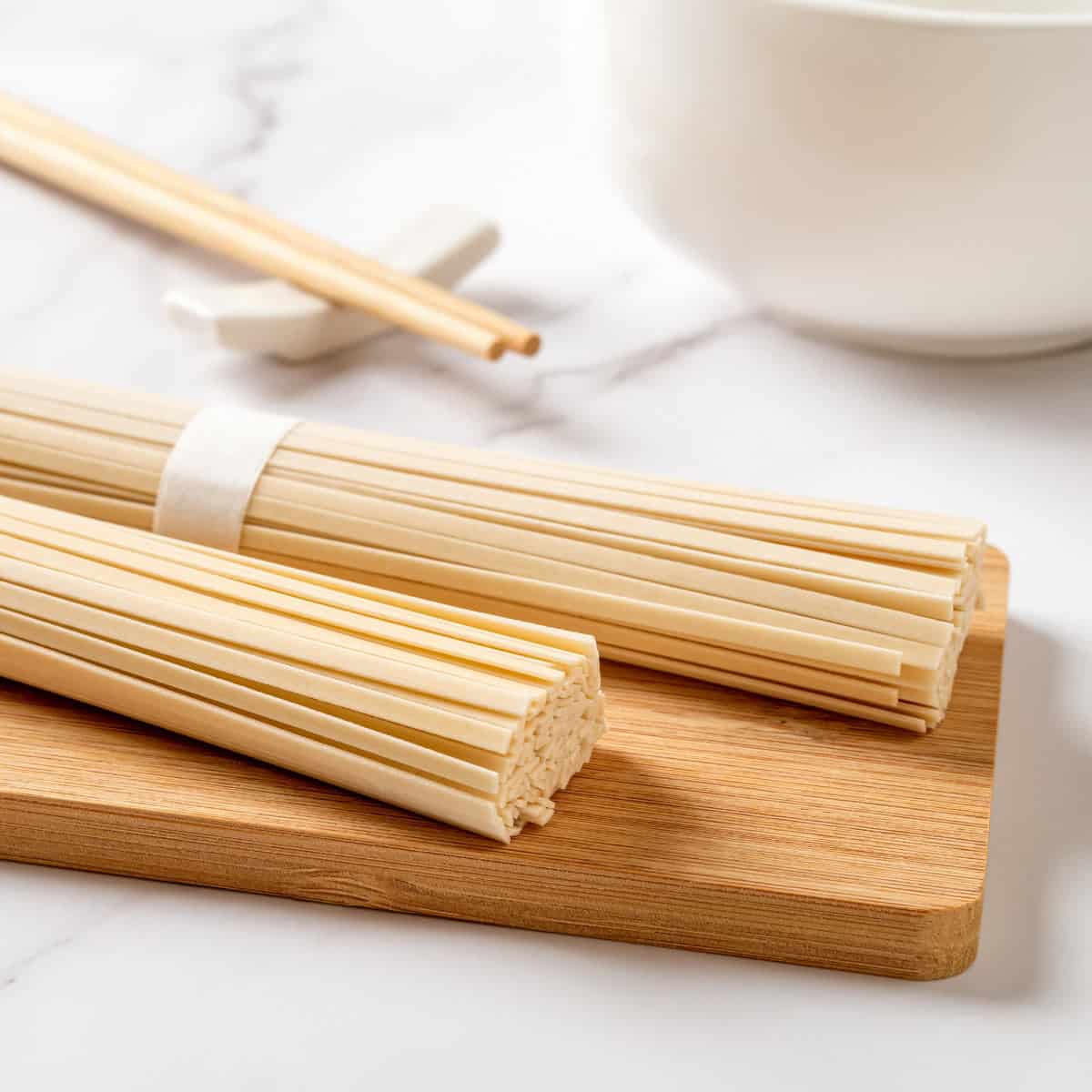
Varieties of Udon Noodles
- Dried or Fresh Udon Noodles: Udon comes primarily in two forms - dried and fresh. Dried udon noodles, similar to fettuccine but thicker, are known for their plumper texture upon cooking. On the other hand, fresh udon noodles are rounder and plumper, offering a different mouthfeel and chewiness.
- Regional Varieties: In Japan, different regions have a unique take on udon, leading to a rich diversity within this noodle type.
- Specialized Udon: Whole wheat udon, a healthier variant, is less common but can be found in natural foods stores. Its texture and flavor profile are somewhat closer to soba noodles made from buckwheat flour.
- Yaki Udon: A popular stir-fried version of udon, yaki udon is a delightful dish cooked with vegetables, proteins, and flavorful sauces, showcasing udon's versatility beyond soups and salads. Yaki udon is similar to Pancit Canton (a Filipino noodle dish).
- Frozen and Pre-Cooked Udon: These varieties are also available, offering convenience and a different texture profile, often chewier than dried udon.
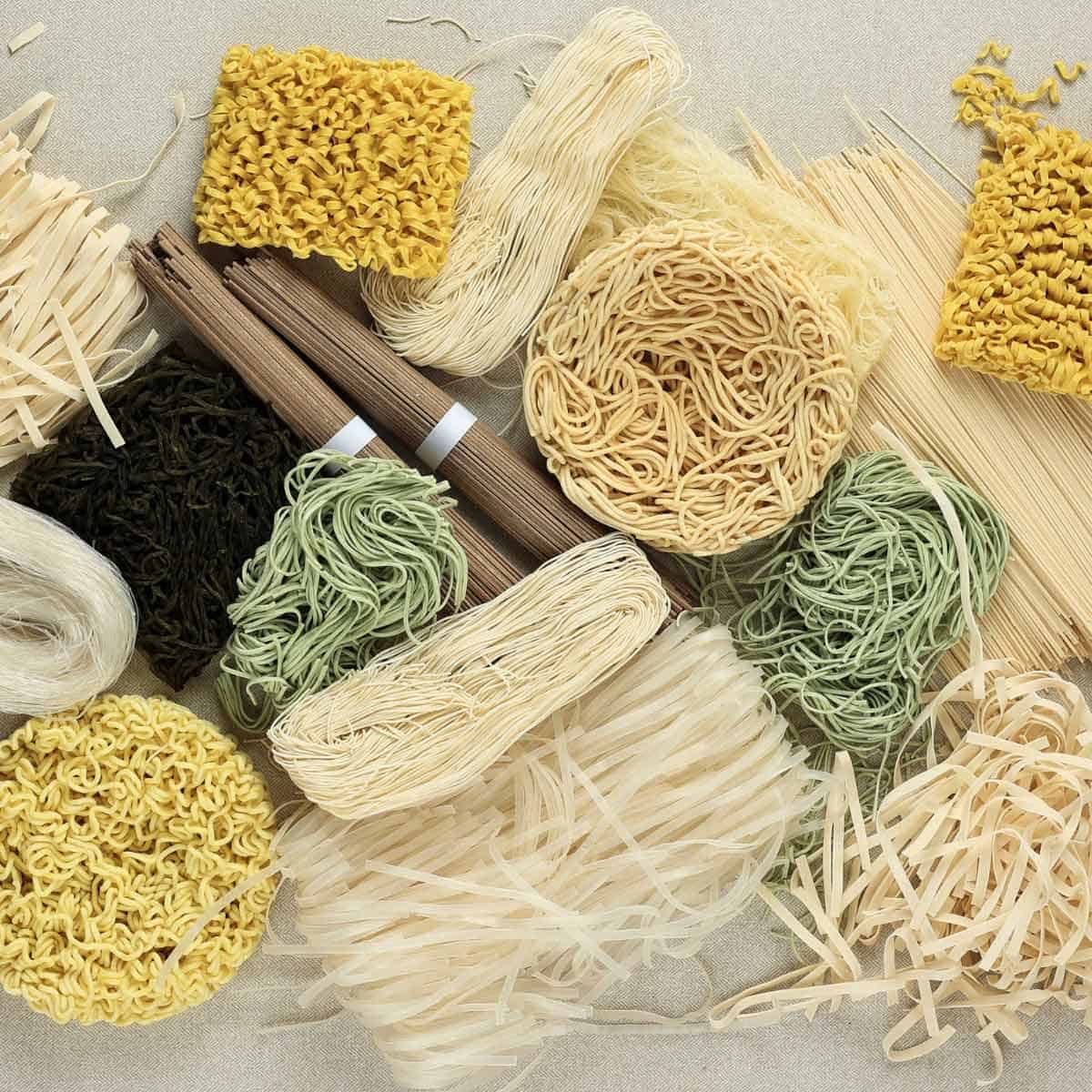
Nutritional Profile
Udon noodles offer a balanced combination of carbs, protein, and essential nutrients with a low-fat profile, making them a wholesome choice for a variety of meals. However, due to their high carbohydrate content, portion control may be necessary for individuals with specific dietary needs or health conditions.
Caloric Content and Macronutrients
- Per 100 grams, dried udon noodles contain approximately 104 calories. They have a minimal fat content with total fat at 0g, which includes no saturated or trans fats. This makes them a low-fat option for those monitoring their fat intake.
- Udon noodles have 22 grams of carbohydrates per 100 grams, making them a substantial source of carbs. This high carbohydrate content is primarily due to the wheat flour used in their production. They also contain a modest amount of dietary fiber (1g) and protein (3g).
Vitamins and Minerals
- Udon noodles are not just about carbs; they contain important nutrients like iron, potassium, thiamine, niacin, riboflavin, phosphorus, zinc, copper, folate, and magnesium. These nutrients contribute to various health benefits, including energy production, bone health, and immune function. The nutrient content can vary depending on the wheat quality used to make the noodles. Higher-quality wheat may result in a more nutrient-dense noodle.
Low Sugar and Sodium Content
- Udon noodles have less than two grams of fat and only one gram of sugar per two-ounce serving, making them suitable for those limiting their sugar intake. They also contain sodium (120mg per 100g), which accounts for about 5% of the daily value. While not excessively high in sodium, it's something to be mindful of, especially for those on a low-sodium diet.
Udon in Recipes
Udon's mild flavor and filling nature make it a versatile ingredient. It's commonly used in Japanese dishes like tempura udon, hot soups, and stir-fries. Yaki udon, for instance, is a popular stir-fried dish in which udon is cooked with vegetables, proteins, and a flavorful sauce.
Dried Udon Cooking Process
- Select Your Udon: Start by choosing high-quality dried udon noodles from Asian grocery stores or the international section of large grocery stores.
- Prepare the Water: Bring a large pot of water to a boil. A general rule is to use about 1 quart of water for every 4 ounces of udon noodles. This ample water helps the noodles cook evenly without sticking.
- Cook the Noodles: Add the dried udon noodles to the boiling water. The cooking time for dried udon is typically around 8-10 minutes, but it's always good to check the package for specific instructions. Stir the noodles occasionally to prevent them from sticking together. For an extra precaution against sticking, you can add a little vegetable oil to the water.
- Test the Texture: To check if the noodles are cooked to the right texture, take one noodle out of the pot and taste it. Udon should be tender but still offer a slightly chewy texture. Be careful not to overcook them; they can lose their distinct chewiness and become mushy.
- Drain and Rinse: Once cooked, drain the udon noodles in a colander or strainer. Immediately rinse them under cold running water to stop the cooking process and wash away excess starch. This step is crucial to maintain the desired chewy texture of the noodles and prevent them from becoming gummy or sticky.
- Serve as Desired: Udon noodles are incredibly versatile. They can be served hot in a broth, commonly with a simple broth made from dashi, soy sauce, or miso, and topped with green onions, shiitake mushrooms, and bonito flakes. For a heartier meal, you might add chicken, shrimp, or tofu. Udon noodles are also excellent in stir-fry dishes, combined with vegetables, sesame oil, and a stir-fry sauce. Alternatively, they can be cooled and served in cold salads or with a dipping sauce.
FAQ
Yes, dried udon can be used for stir-fries, but be careful not to overcook them as they are thinner and softer than fresh or frozen udon.
Homemade udon noodles can be frozen for up to 1 month. Pre-cooked noodles last about 5 days in the fridge.
Udon noodles are thicker and chewier compared to the thinner ramen (made with egg) and soba (made with buckwheat flour).
Keep them in an airtight container in a cool, dry place.
Yes, you can freeze them for up to a month.
Briefly reheat in boiling water or add directly to hot soup or stir-fry.
No, they are made from wheat flour and contain gluten.
Yes, they can often substitute for other thick noodles in recipes.
If stored properly, they can last for several months to a year.
Conclusion
Cooking dried udon noodles is a delightful journey into the heart of Japanese cuisine. These thick wheat noodles, known for their chewy texture and mild flavor, are not only a staple in Japanese dishes but also a canvas for a wide array of flavors and ingredients. Whether simmered in a hot broth, stir-fried with a mix of vegetables and proteins, or tossed into refreshing cold salads, udon noodles offer versatility and satisfaction in every bite. Remember to follow the simple steps to achieve that perfect chewiness. With their rich history, diverse varieties, and nutritious profile, dried udon noodles are more than just food; they're an experience inviting you to explore and savor the essence of Japanese cooking.
Related
Looking for other rice and noodles recipes? Try these:
Other Philippine Recipes
These are some of my favorite Philippine recipes I think you should try.
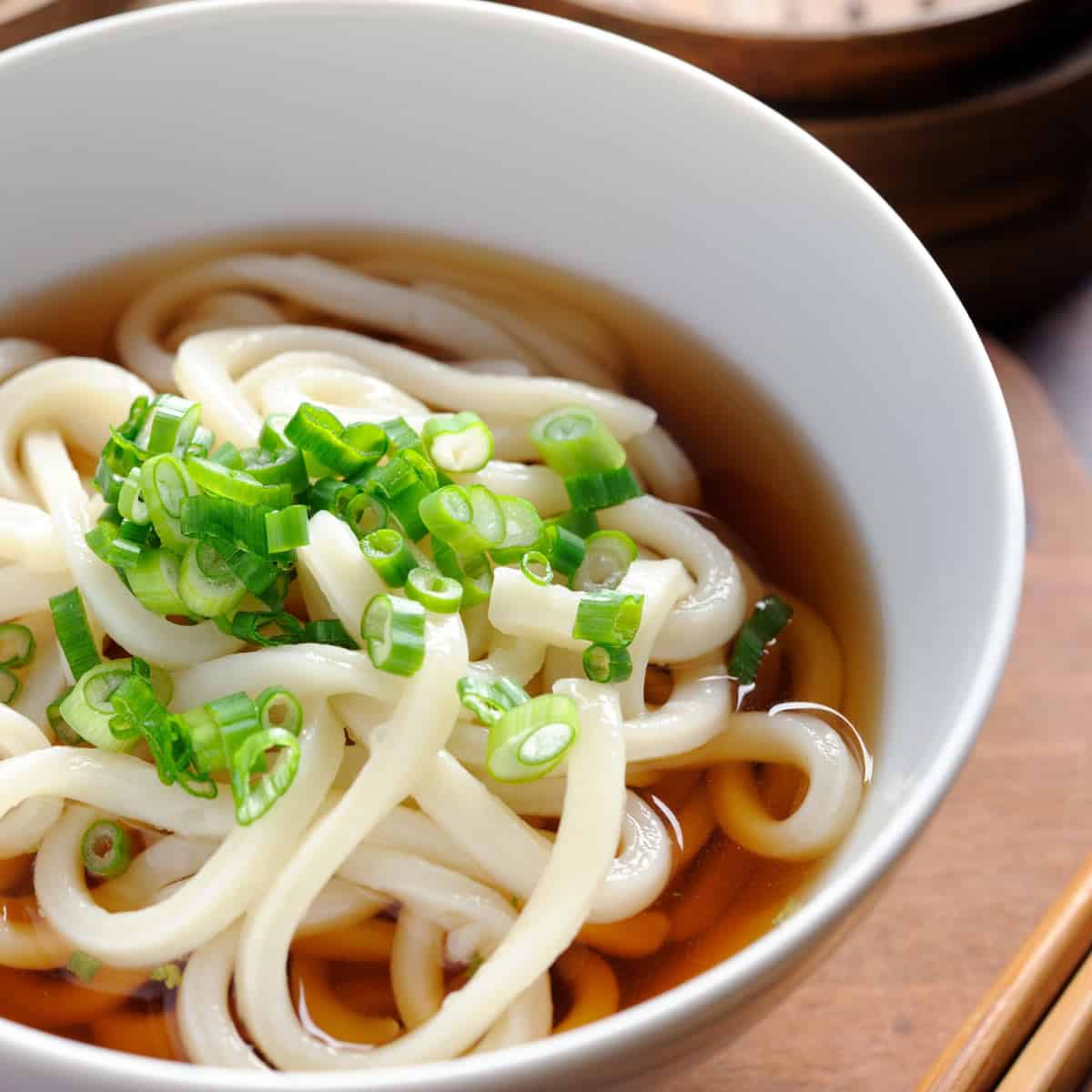
Instructions
- Select Your Udon: Start by choosing high-quality dried udon noodles from Asian grocery stores or the international section of large grocery stores.
- Prepare the Water: Bring a large pot of water to a boil. A general rule is to use about 1 quart of water for every 4 ounces of udon noodles. This ample water helps the noodles cook evenly without sticking.
- Cook the Noodles: Add the dried udon noodles to the boiling water. The cooking time for dried udon is typically around 8-10 minutes, but it's always good to check the package for specific instructions. Stir the noodles occasionally to prevent them from sticking together. For an extra precaution against sticking, you can add a little vegetable oil to the water.
- Test the Texture: To check if the noodles are cooked to the right texture, take one noodle out of the pot and taste it. Udon should be tender but still offer a slightly chewy texture. Be careful not to overcook them; they can lose their distinct chewiness and become mushy.
- Drain and Rinse: Once cooked, drain the udon noodles in a colander or strainer. Immediately rinse them under cold running water to stop the cooking process and wash away excess starch. This step is crucial to maintain the desired chewy texture of the noodles and prevent them from becoming gummy or sticky.
- Serve as Desired: Udon noodles are incredibly versatile. They can be served hot in a broth, commonly with a simple broth made from dashi, soy sauce, or miso, and topped with green onions, shiitake mushrooms, and bonito flakes. You might add chicken, shrimp, or tofu for a heartier meal. Udon noodles are also excellent in stir-fry dishes, with vegetables, sesame oil, and a stir-fry sauce. Alternatively, they can be cooled and served in cold salads or with a dipping sauce.



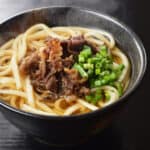
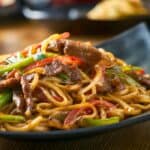
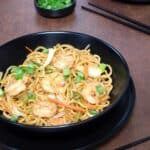
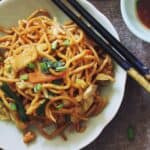
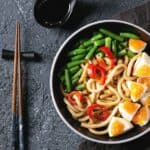

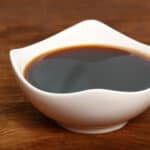
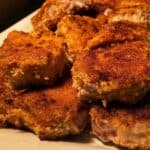




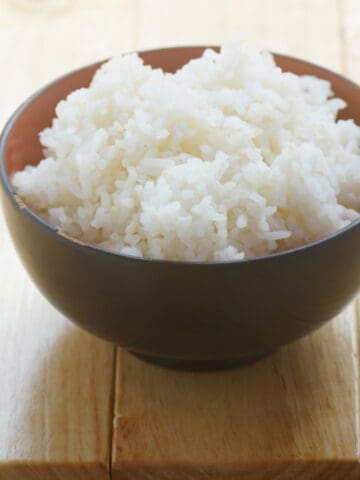
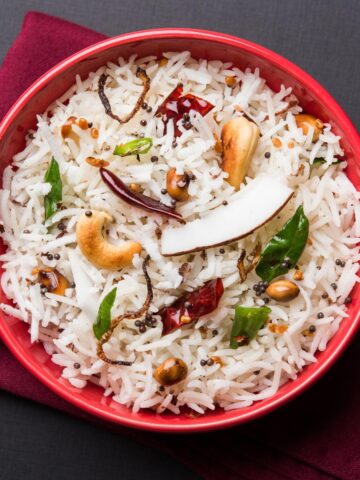
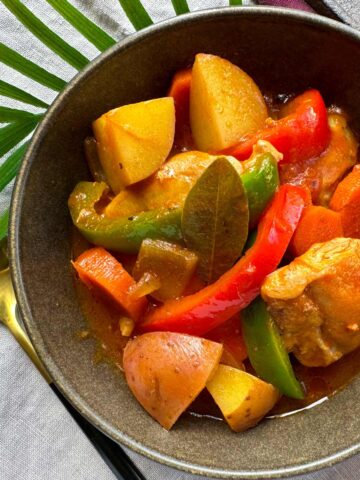

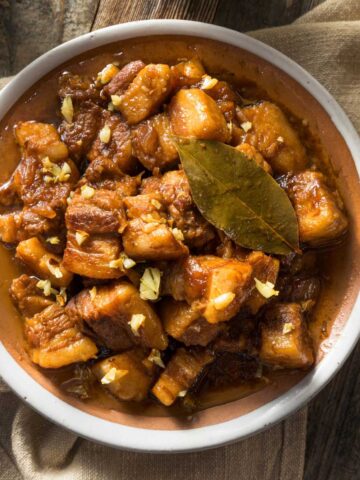
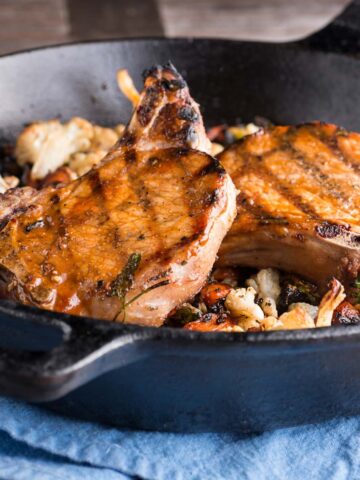
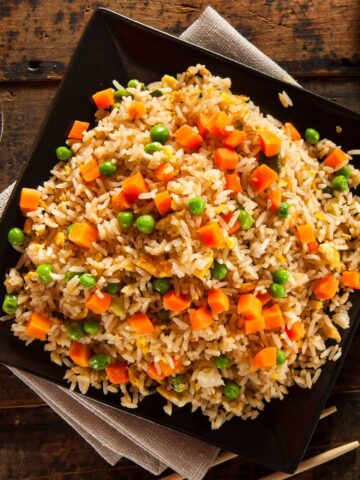

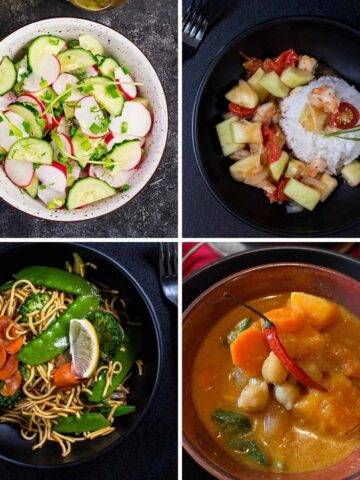
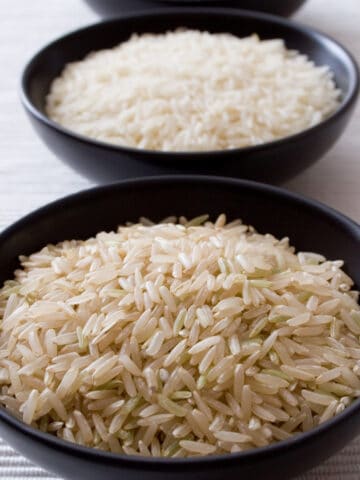

Comments
No Comments